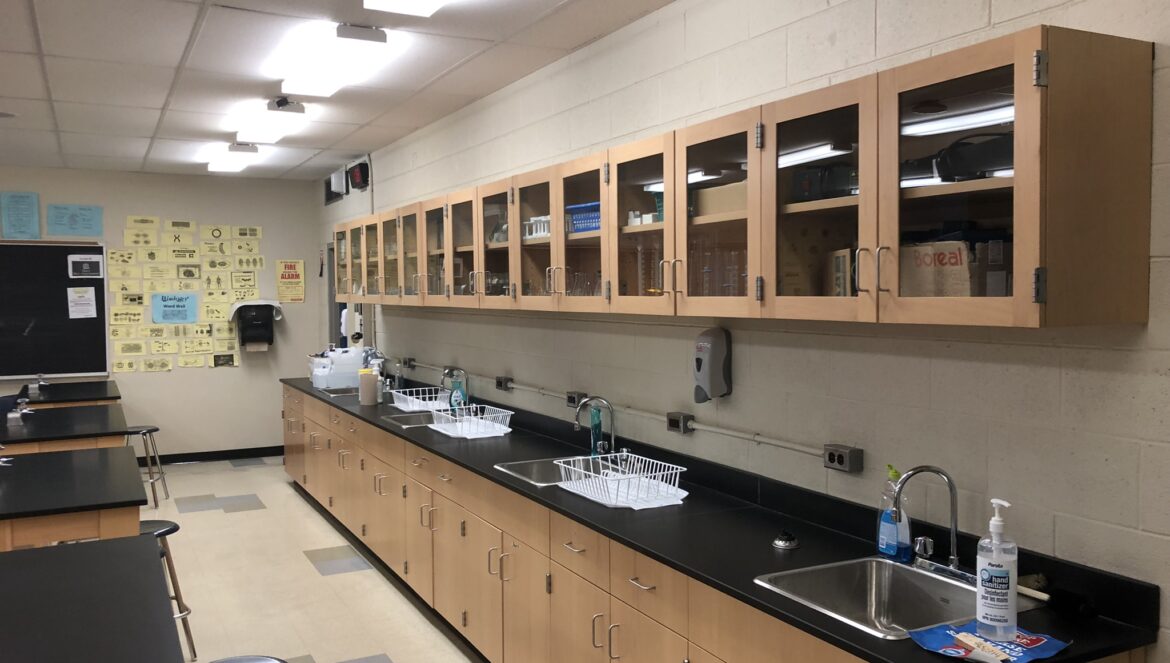In today’s educational landscape, school districts are increasingly recognizing the importance of implementing comprehensive safety programs to ensure the well-being of students, staff, and the entire school community. A holistic approach to safety, particularly in the areas of Science, Technology, Engineering, Arts, and Math (STEAM) education, is essential for creating a secure and conducive learning environment.
The shift from a traditional, holistic approach to a more spectral STEAM safety program is a revolutionary step towards addressing the diverse academic disciplines within the educational setting. It encompasses a wide array of safety protocols and training initiatives that are vital for enhancing awareness and promoting safety best practices.
One of the fundamental responsibilities of school administrators and educators is to provide regular training and awareness programs in alignment with the Occupational Safety and Health Administration (OSHA) guidelines. These programs should be conducted regularly to ensure that safety remains a top priority, with monthly safety meetings and ongoing safety-related agenda items being integral components of this approach.
Furthermore, the implementation of activity-based risk assessments, meticulous documentation reviews, and the use of safety acknowledgment forms are crucial for reinforcing safety expectations and mitigating potential legal entanglements in the event of accidents.
In the context of STEAM education, where hands-on activities and experiments are commonplace, the proper utilization of personal protective equipment (PPE) and adherence to safety protocols are of utmost importance. Educators must be well-versed in identifying and addressing hazards and risks before carrying out any activities, emphasizing the significance of using suitable PPE such as safety glasses and chemical splash goggles.
Moreover, school facilities and instructional spaces, including laboratories and classrooms, must undergo regular inspections to ensure that safety equipment such as eye wash stations and emergency showers are functional and readily available.
Additionally, appropriate storage of materials and strict adherence to safety data sheets are imperative for maintaining a safe learning environment. It is essential to recognize that a comprehensive safety program not only benefits students and staff but also extends to the broader school community, including administrators and supervisors. By fostering a culture of safety and accountability, school districts can create an environment where everyone plays a pivotal role in upholding and promoting safety standards.
In conclusion, a holistic STEAM safety program in school districts is a multifaceted endeavor that demands unwavering commitment and collaboration from all stakeholders. By embracing a spectral approach to safety, school districts can instill a culture of safety consciousness that ultimately enhances the overall educational experience for everyone involved.
Subscribe to edCircuit to stay up to date on all of our shows, podcasts, news, and thought leadership articles.
